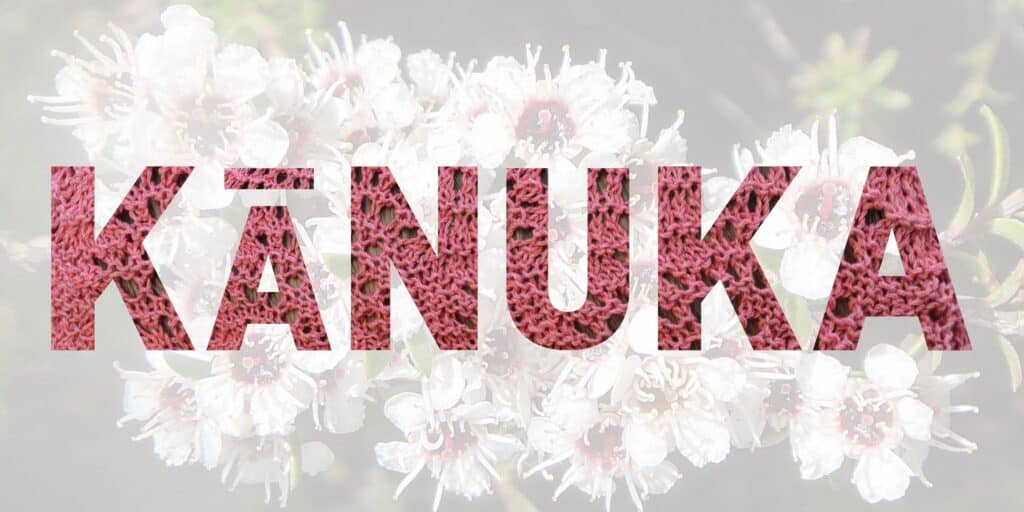
Free November Pattern: Kānuka Beanie
Introducing your November free pattern the Kānuka Beanie, inspired by the gorgeous Kānuka tree and its beautiful flowers. Kānuka is found throughout the North, South

Introducing your November free pattern the Kānuka Beanie, inspired by the gorgeous Kānuka tree and its beautiful flowers. Kānuka is found throughout the North, South
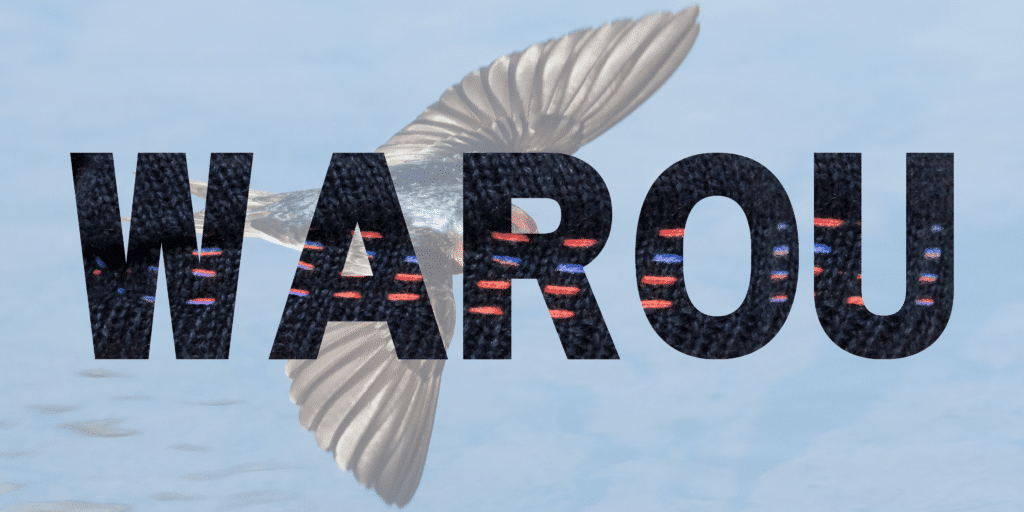
October is here! Introducing our free October pattern, the Warou Slouch Beanie Warou, also known as the Welcome Bird, is a small but nimble species
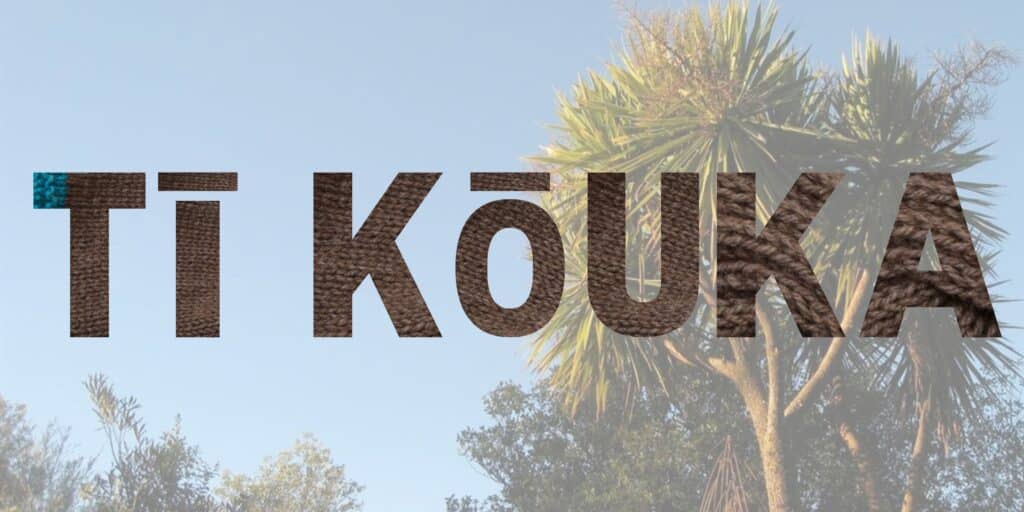
September is here! Please enjoy our Tī Kōuka Scarf, wonderfully crafted in Zealana Kauri Worsted. Tī Kōuka, more commonly known as the Cabbage Tree, is
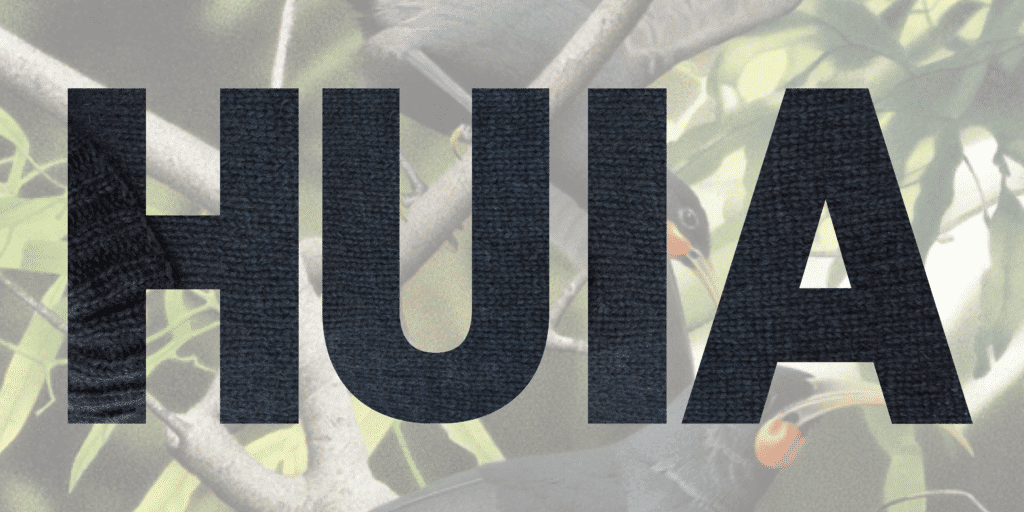
Welcome to August! We hope you’ll enjoy this months free pattern, the Huia Collar The Huia is an extinct species of New Zealand wattlebird, with
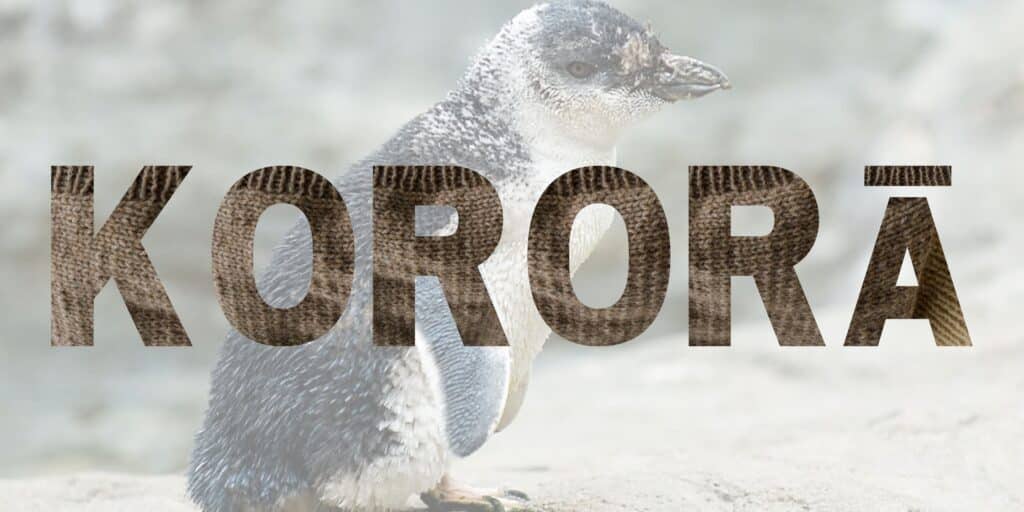
July is here! To keep the good times rolling, complete your Kororā set with the Kororā Mittens. Local legend has it that the name, meaning

Can you believe we are already six months into the year? We hope you enjoy our June free pattern, the Kororā Hood. Kororā is the
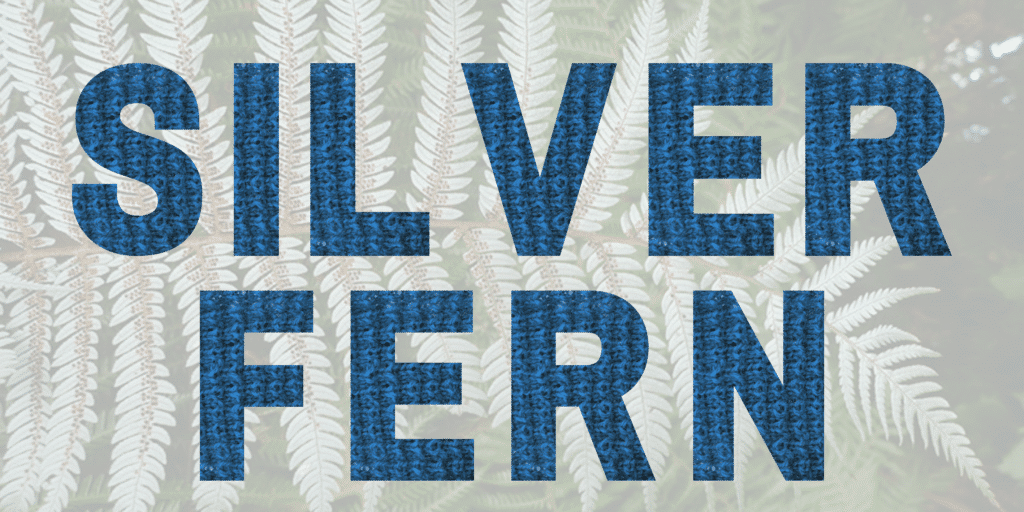
To celebrate May, we are excited to share our Silver Fern Scarf wonderfully crafted in Kauri Fingering. The iconic Silver Fern plant is synonymous with
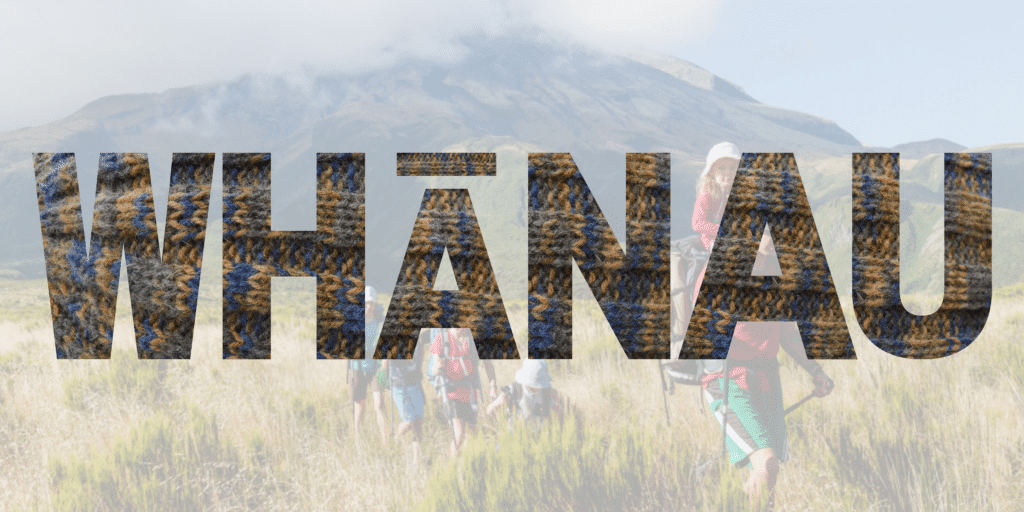
Aprils free pattern features fun for the whole family with the Whānau hats! Whānau in Māori translates to Family! Whānau share a strong sense of
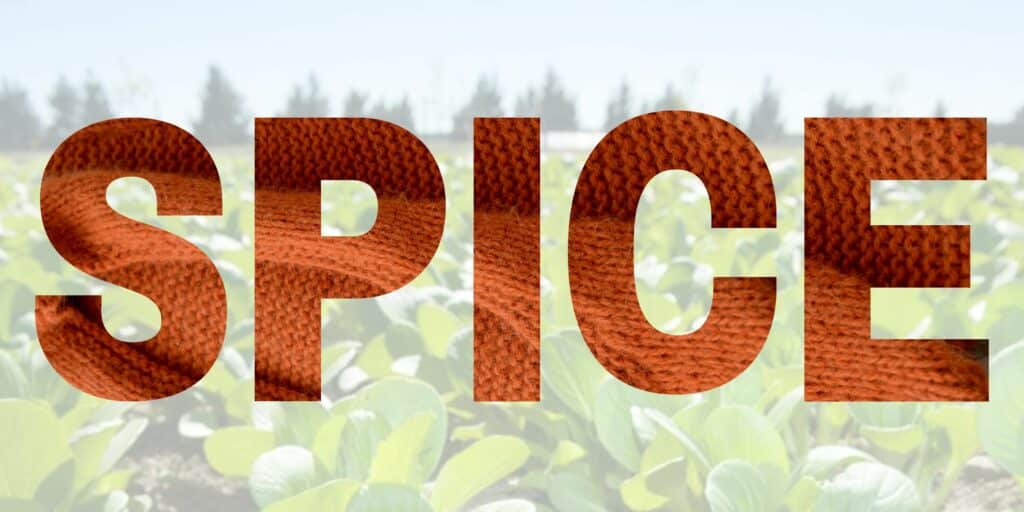
This month we’re excited to talk to you all about New Zealand food as well as share our wonderful fluffy spice slippers named after the

February is here! While the will hopefully remain for a few more weeks in the southern hemisphere, its the perfect time to get started on
P.O. Box 106
Hastings, VIC, 3915
Australia
Tel: +61 3 5979 1555
Fax: +61 3 5979 1544
© 2025 Zealana | All Rights Reserved | Terms of Business | Privacy Policy | Developed by MRD Web + Digital Marketing